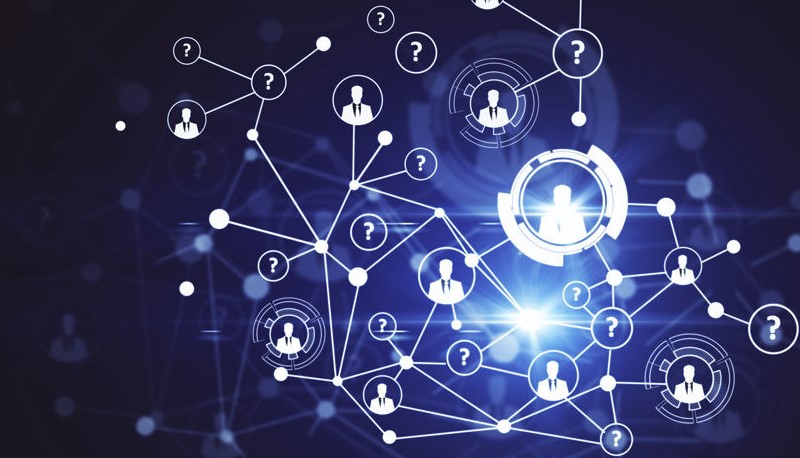
As new practices or tools emerge there is usually confusion about: what they are, how and when to use them, and most importantly how they add value to the business. I believe that’s the case for HR Analytics and Workforce Planning.
HR analytics is the use of information to derive insights and make more informed talent decisions. It means analyzing employee data with the help of statistical tools and models to generate insights.
HR analytics is different from HR reporting, which means the presentation of data to provide information.
Consider these examples:
HR reporting would be the calculation of employee turnover during the year. You take data, make simple calculations, and get a report.
While HR Analytics would be to look at employee engagement survey data; use statistical modeling (a regression) and determine which items have more impact in driving employee engagement and; focus on the high-impact items rather than all low score items.
Even if you focus on the lower scores you get, that’s fine, as some lower scores will drive engagement more than others. With the use of analytics, you can focus your actions on those that will have higher leverage in driving engagement.
The work we have done goes beyond employee data and connects business data as well. For example, we can optimize the team composition and employee profiles of teams serving different customers. On one hand, we look at business data - we analyze customer results like revenue growths versus plan; on the other hand, we look at employee data - we analyze the team composition (number of people, seniority of each member) and the individual characteristics of the employees working for the customer account (years of experience, educational background).
Using analytical tools, we can determine the team composition and employee characteristics needed to serve customers. We can use employee and business data to generate insights that lead to better talent decisions and higher business impact.
To get in the field of HR analytics you do not need any specific system or software implementation, I say this because there are a lot of offerings and confusions regarding this matter. All you need is the data that you have, and a statistic modeling software like SPSS or R (which is free by the way).
Workforce Planning is a process to align business strategy with talent strategy based on HR analytics insights (again, no software implementation needed).
The process takes the business strategy and growth plans; uses analytics to diagnose the current and future state of the workforce of an organization, both in number and composition, and; defines interventions based on these insights to achieve the desired talent outcomes required to support the business strategy.
Usually, the Workforce Planning process has a series of steps:
1 - Understand the business strategy, growth ambitions and define the talent problems to solve (initial hypothesis)
2 - Diagnose current state, and project future scenarios
This is the analytics heavy phase, where you use past employee data to analyze the talent you have, how you are promoting, retaining and compensating your talent, what talent you will have if you keep hiring, promoting, and loosing people as you have done in the past.
You use growth projections and create scenarios of how your talent would look like.
You also need to look at the external labor market, to understand not only macro trends like unemployment, education systems, and general talent supply but also get very granular about the external talent pool for your critical roles and capabilities.
In the diagnose phase, quantitative analysis needs to be complemented by qualitative analysis. This can be in the form of structured interviews with senior leaders.
The Diagnose phase finishes with a series of insights on the work to be done.
3 -Define actions. With the insight you have, now you need to create the actions and interventions you will take to achieve the desired talent for the future. Some basic actions are to be defined, if you will buy or build talent, and how you will do so.
You need to put in place a plan in terms of acquisition and development of talent, retention of key players, compensation levers, leadership development, and functional capabilities.
4 - Make choices. Strategy is about defining what to do as much as defining what not to do. Once you have your initial actions defined, you need to prioritize them. A good way to do so is to focus on which actions are more critical for business impact.
5 - Detailed plans. After you have prioritized your actions, you need to create detailed action plans, with deadlines, teams accountable to execute them and the investment required.
Usually, it is helpful to have three-year plans, that are then detailed more granularly in year one.
6 - Execution and follow up. The worst strategy is the one not executed, so after all the hard work comes execution and tracking. After each execution cycle (of one year) it’s useful to review plans to check if they need to be updated based on external changes or business priorities.
I hope this has helped in bringing a brief and simple description of these two new tools and practices that for sure are an upgrade to Advanced Talent Management.

CredBadge™ is a proprietary, secure, digital badging platform that provides for seamless authentication and verification of credentials across digital media worldwide.
CredBadge™ powered credentials ensure that professionals can showcase and verify their qualifications and credentials across all digital platforms, and at any time, across the planet.

Please enter the License Number/Unique Credential Code of the certificant. Results will be displayed if the person holds an active credential from TMI.